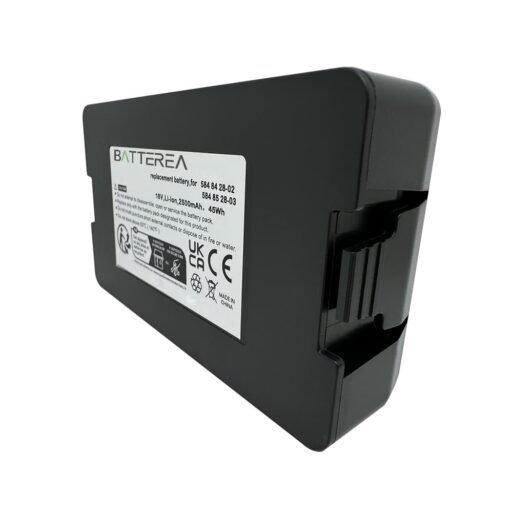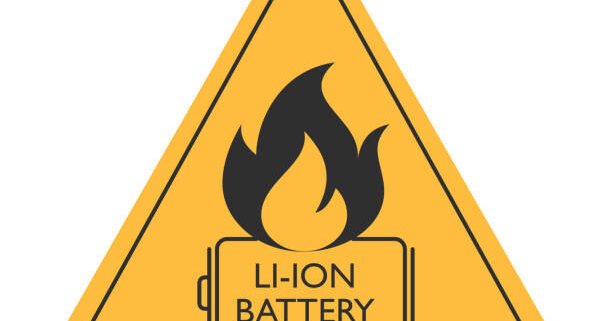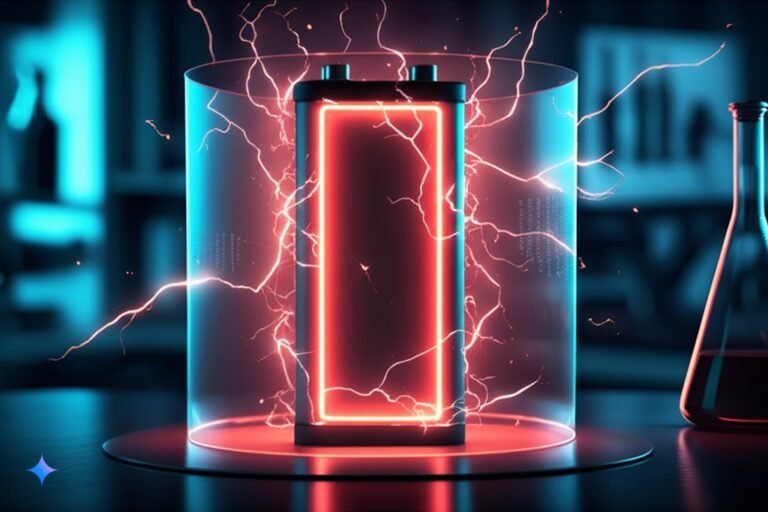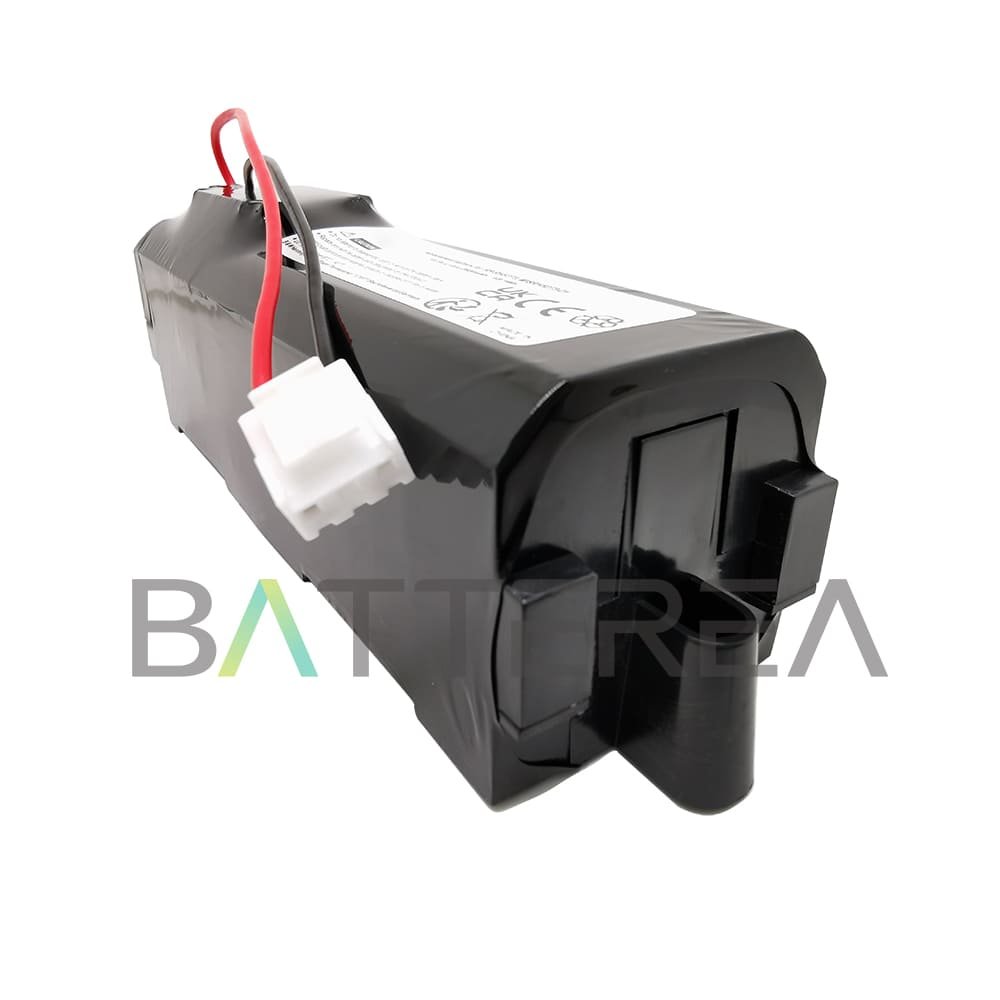Lithium batteries are everywhere, but scary fire stories keep Are they really that dangerous?
We use them daily, so this risk feels very close to home.
Let’s check the facts, not just fears.
Lithium batteries have a small but real fire risk. Proper manufacturing, handling, and usage greatly reduce this risk. Problems usually arise from defects, damage, or misuse, not from the battery itself being inherently unstable.
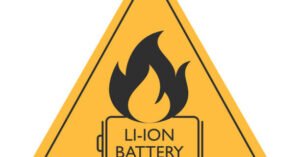
It's reasonable to be careful, but it can be very confusing! So, let's explore this topic further.
Do lithium batteries catch fire easily?
You hear about phones or scooters bursting into flames. Does this mean all lithium batteries are ticking time bombs?
It makes you second-guess every device you own.
Let’s get some perspective on the actual likelihood of a fire.
No, lithium batteries don't catch fire easily under normal conditions. Fires are usually caused by specific problems like manufacturing defects, physical damage, or improper charging. Think of it like a car – it's safe unless something goes wrong.

Lithium battery fires, while alarming, are statistically rare compared to their widespread use. Think about it - millions of devices use these batteries daily without incident. But, understanding the why behind the fires is key to prevention. There are several factors:
- Manufacturing Defects: Sometimes, tiny flaws happen during production. A microscopic metal particle, for example, can create a short circuit inside the battery. This is why I, at Batterea, focus heavily on sourcing A-grade cells from trusted brands.
- Physical Damage: Puncturing, crushing, or dropping a battery can damage the internal separator. This thin layer keeps the positive and negative parts apart. If it's compromised, a short circuit and rapid heating can occur.
- Overcharging/Over-discharging: Pushing a battery beyond its limits is risky. This is where a quality Battery Management System (BMS) is crucial. It's like a tiny computer inside the battery, monitoring voltage, current, and temperature.
- External Heat: Extreme temperatures, like leaving a device in direct sunlight or a hot car, can also stress the battery and increase the risk of thermal runaway[^1].
- Short Circuit: The most easily overlooked problem, a short circuit is a situation that occurs when, for some reason, the wire is broken and touches other metal, thus causing a fire.
[^1]: Exploring thermal runaway will provide insights into battery safety and prevention measures, essential for users and manufacturers alike.
| Cause | Description | Prevention |
|---|---|---|
| Manufacturing Defect | Microscopic flaws during production leading to internal short circuits. | Use batteries from reputable manufacturers with strict quality control. |
| Physical Damage | Puncturing, crushing, or dropping, damaging the internal separator. | Handle batteries with care; avoid dropping or exposing to impacts. |
| Overcharging | Charging a battery beyond its maximum voltage limit. | Use the correct charger designed for the battery; ensure the charger has overcharge protection. |
| Over-discharging | Draining a battery below its minimum voltage limit. | Avoid completely draining batteries; recharge before they reach critically low levels. |
| External Heat | Exposure to high temperatures (e.g., direct sunlight, hot car). | Store and use batteries within recommended temperature ranges. |
What battery has the most problems starting fires?
All batteries store energy, but is there one type that's more trouble than others?
It is good to know which battery should I use.
Let's check which battery has a higher fire risk.
Lithium-ion batteries, particularly those with cobalt-based cathodes, have a higher potential for thermal runaway compared to other types. However, this is actively being addressed with newer chemistries like LiFePO4, which are inherently more stable.

It's not that all lithium-ion batteries are equally risky. The specific chemistry inside plays a big role. Here's a breakdown:
- Traditional Lithium-ion (LiCoO2, NMC, NCA): These are common in consumer electronics. They offer high energy density (meaning more power in a smaller package), but the cobalt content makes them more susceptible to thermal runaway.
- LiFePO4 (Lithium Iron Phosphate): This chemistry is gaining popularity, especially in applications like home energy storage and electric vehicles. LiFePO4 is inherently more stable. Even if damaged or overcharged, it's far less likely to catch fire. This is why at Batterea, we're increasingly using LiFePO4, especially in our lead-acid replacement batteries.
- Lead-Acid: These are the old workhorses, still found in cars and some backup power systems. They're generally safe, but they can release flammable hydrogen gas if overcharged.
- Nickel-Metal Hydride (NiMH): These are often used in AA/AAA rechargeable batteries. They're safer than traditional lithium-ion, but they don't have the same energy density.
| Battery Type | Fire Risk | Notes |
|---|---|---|
| Lithium-ion (Cobalt) | Higher | High energy density, but more prone to thermal runaway. Common in phones, laptops. |
| LiFePO4 | Lower | Very stable chemistry, even under stress. Used in energy storage, EVs. |
| Lead-Acid | Low | Generally safe, but can release flammable gas if overcharged. Found in cars, UPS. |
| Nickel-Metal Hydride | Low | Safer than cobalt-based lithium-ion, but lower energy density. Common in AA/AAA rechargeables. |
| Lithium Polymer | medium | Often abbreviated as LiPo, is a rechargeable battery based on lithium-ion technology utilizing a polymer electrolyte rather than a liquid one. |
What is the biggest cause of lithium-ion batteries exploding?
Batteries "exploding" sounds dramatic – what's the real driving force behind these events?
It's a scary image, and you want to know what to avoid.
Let’s break down the main culprit.
The biggest cause of lithium-ion battery explosions is thermal runaway. This is a chain reaction where overheating leads to further overheating, eventually causing a fire or rupture. It's like a domino effect inside the battery.
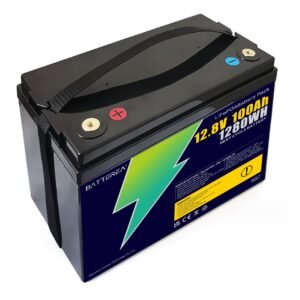
Thermal runaway isn't something that happens spontaneously. It's a process triggered by a specific problem. Here's how it unfolds:
- Initial Trigger: This could be a manufacturing defect, physical damage, overcharging, or external heat. Any of these can cause a localized hot spot inside the battery.
- Temperature Increase: As the hot spot gets hotter, it starts to break down the internal components of the battery. This breakdown releases more heat, creating a vicious cycle.
- Separator Failure: The thin separator between the positive and negative parts of the battery melts or breaks down. This causes a direct short circuit, leading to a massive surge of current.
- Electrolyte Decomposition: The liquid electrolyte inside the battery starts to decompose, releasing flammable gases. This increases the pressure inside the battery.
- Venting/Fire/Explosion: If the pressure gets too high, the battery will vent these flammable gases. If there's an ignition source (like a spark from the short circuit), a fire can start. In extreme cases, the pressure buildup can cause a rapid rupture, which we perceive as an "explosion."
| Stage | Description |
|---|---|
| Initial Trigger | Defect, damage, overcharging, or heat causes a hot spot. |
| Temperature Rise | Hot spot breaks down components, releasing more heat. |
| Separator Failure | Separator melts, causing a short circuit and current surge. |
| Electrolyte Decay | Electrolyte breaks down, releasing flammable gases and increasing pressure. |
| Venting/Fire | Gases vent; if ignited, fire starts. Pressure buildup can cause rupture. |
Why are lithium-ion battery fires hard to put out?
If a lithium battery does catch fire, why is it so difficult to extinguish?
Knowing this helps you prepare for the worst-case scenario.
Understand the unique challenges of these fires.
Lithium-ion battery fires are hard to put out because they don't need external oxygen to burn. The battery itself contains all the necessary components for combustion, and the heat can cause a self-sustaining reaction.

Dive Deeper: Unlike a typical wood or paper fire, which needs oxygen from the air, a lithium-ion battery fire is more like a chemical fire.
- Internal Oxygen Source: The metal oxides in the battery's cathode can release oxygen as they break down. This means the fire can continue to burn even if you try to smother it with a traditional fire extinguisher.
- High Heat: These fires burn incredibly hot, making them difficult to approach and cool down.
- Re-ignition: Even if you manage to extinguish the flames, the battery can re-ignite if it's still hot enough. The chemical reaction can continue internally.
- Toxic Fumes: The burning electrolyte releases toxic and corrosive fumes, making the situation even more hazardous.
That’s also why specialized fire extinguishers (Class D for metal fires) are sometimes used, but even these may not be fully effective on a large, intense lithium-ion battery fire. The best approach is often to cool the battery down with large amounts of water, preventing it from spreading to nearby materials.
| Challenge | Description |
|---|---|
| Internal Oxygen | The battery's cathode releases oxygen, allowing it to burn without external air. |
| High Heat | Fires burn extremely hot, making them difficult to approach and cool. |
| Re-ignition Risk | Even if extinguished, the battery can re-ignite if the internal reaction continues. |
| Toxic Fumes | Burning electrolyte releases hazardous fumes. |
Conclusion
Lithium battery fires are a real concern, but understanding the causes and challenges is crucial. Proper handling, quality manufacturing, and choosing safer battery chemistries are key to minimizing the risk.



